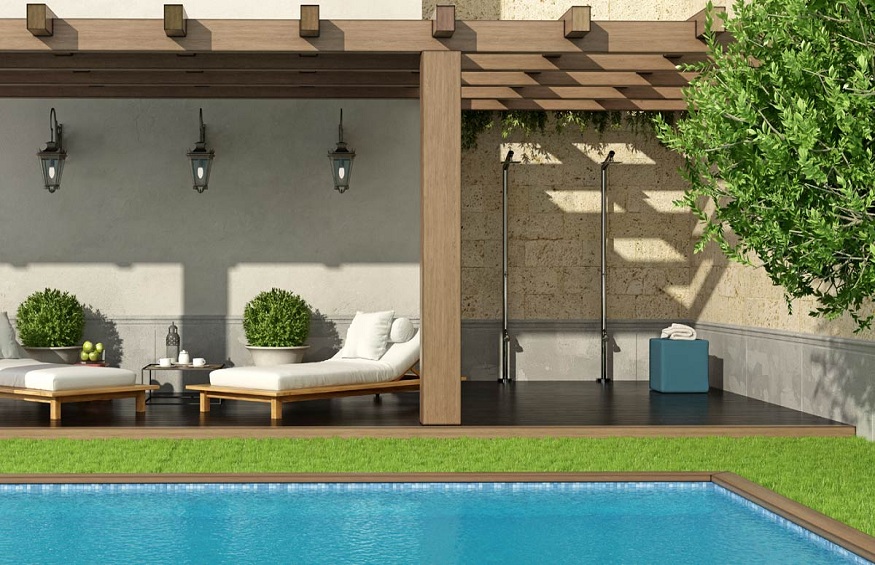When you buy an awning, you choose its type, fabric and drive mode. Here are the options available and the pros and cons of each solution.
External fabric blinds are sold by their manufacturers under different trade names, most often screens, solar screens, vertical blinds or simply external blinds . But it is still the same product: a hard-wearing fabric awning, usually made of PVC-coated fiberglass or polyester, ideal for shading single-family homes, administrative buildings or garden pergolas.
Choosing the type of fabric awning
At first glance, awnings are distinguished by their guide mode. You can choose from
and even stronger blinds guided in a special guide rail which are called zip screens.
The cable-guided fabric blind is a simple fabric blind stretched between the upper box and the final slat guided by stainless steel cables. This type of awning has a fairly low wind resistance because the cables are only fixed at two points (top and bottom) and they are therefore much more exposed to gusts of wind. Their main advantage is their low price.
Blinds with an end slat guided by guide rails fixed to the wall are much more resistant to the wind. The fabric is still not held over its full height, it is simply stretched between the upper box and the final slat which is still well held behind the scenes.
The most durable blinds are zip screens whose edges have a welded zipper system running the full height of the blind. This system allows the fabric to be firmly attached to the guide rails so that even the strongest winds cannot tear it off. This is why zip screens are extremely wind resistant , even more so than external slat blinds.
At NEVA, we currently only offer the strongest zip screens, namely the ZIP100 and ZIP135 blinds.
When purchasing your awning, you must also choose the shape of the top box, which most retailers offer rounded or square. The architects recommend adapting the shape of the box to that of the window sill or the window profiles. So choose a square box for installation with sharp-edged window sills and a rounded box for rounded window sills.
Match the square or rounded box to the shape of the window sill or window profiles.
Choice of fabric
If the shade system you have chosen is a fabric blind, the next step is to choose the fabric. There are many fabrics on the market, most often made of polyester or glass fibers coated with PVC (polyvinyl chloride).
Polyester fibers are elastic and therefore very resistant to tearing , but they are less resistant to excessively high temperaturesThis fabric looks more like a plain surface because it is first woven and then coated with PVC.
On the other hand, fiberglass is less elastic and more fragile but it resists very well to high temperatures and has a slightly longer lifespan. In our offer, this type of fabric is represented by the manufacturer Helioscreen and its Twill 3% fabric . This fabric has more the appearance of a fabric because the fibers are first coated with PVC and then woven.

